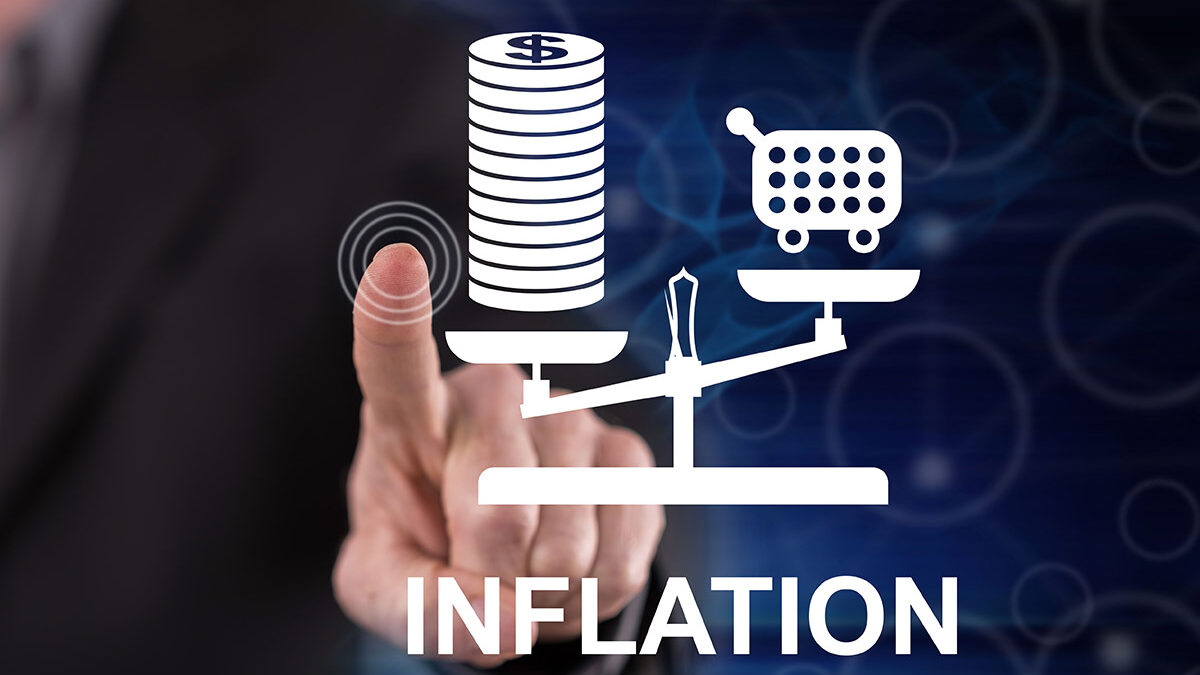Higher-than-expected EU inflation in May issues a new warning to the ECB
Consumer prices in the Eurozone increased by 2.6% year-on-year in May, diverging further from the ECB’s 2% target. This follows a 2.4% increase in the previous two months and exceeded the 2.5% consensus.
The more significant and closely monitored core CPI, which excludes volatile components like food, energy, alcohol, and tobacco, rose to 2.9% in May from 2.7% in April, contrary to expectations of an unchanged figure.
The stronger-than-expected inflation rise in May presents additional challenges for the European Central Bank in achieving its 2% inflation target. However, these disappointing figures are unlikely to significantly alter the strong indications that the ECB will start lowering interest rates from a record high in next week’s policy meeting. This may signal a pause in July and slow the pace of rate cuts in the coming months.
ECB policymakers view the latest data as mixed, reinforcing the general belief that the central bank could reduce rates multiple times while maintaining economic restraint.
Prices in the services sector, considered particularly relevant due to their reflection of domestic demand, rebounded to 4.1% from 3.7%, driven by larger-than-expected wage increases in the first quarter of the year.
The ECB’s unprecedented series of rate hikes has successfully reduced inflation, which peaked at 10% in late 2022, largely driven by the surge in energy prices due to the war in Ukraine.
While the hikes have stabilized consumer inflation expectations, they have also restricted credit.
This suggests that policymakers are likely to adhere to existing plans to cut rates in next week’s meeting, despite increasing market skepticism about the global trend of falling inflation.

